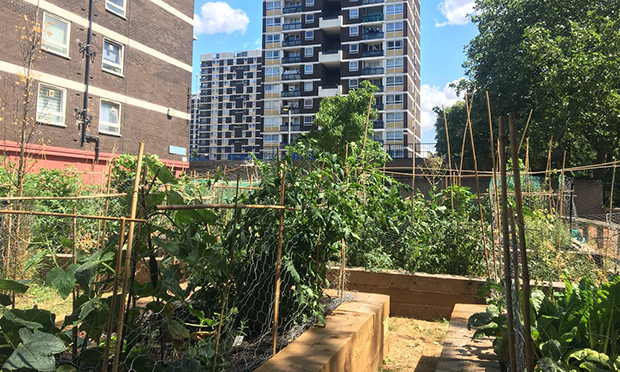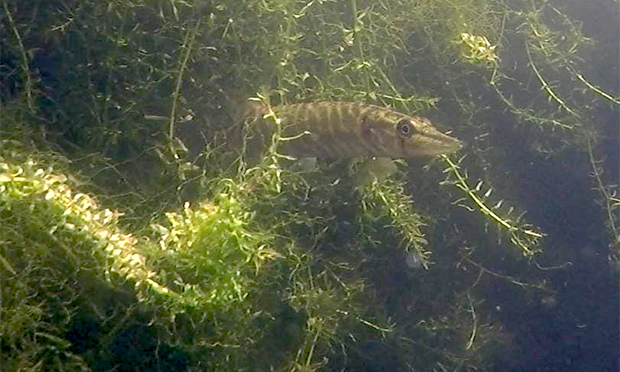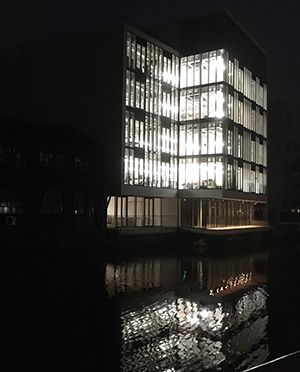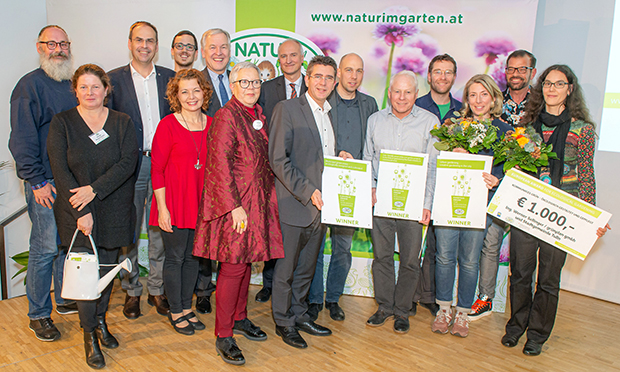The Citizen Gardener: ‘An urban garden at night brings wildness and community’

We have recently organised what we call Embroidery in the Dark events.
We run a weekly embroidery class but some of us (well, me, really) lack skill so I thought if we did our sewing in the dark and outdoors it would release us from the restraint of making something look good. It’s ideal for the incompetent and lazy.
We run these sessions in community gardens every now and then and to be in an urban garden at night brings a mixture of wildness (it’s DARK) and community.
We spent an evening in the Growing Kitchen on the Wenlock Barn Estate near Old Street. We had a small fire and candles (as well as cake and quiche) and as we sat there blindly sewing, people popped into the garden – to enquire about a homeless person who’d been seen there, to feed a stray cat, to just come and sit quietly.

It reminded me that community gardens are not just green spaces for gardening; they provide safe areas for local people when there is a shrinking amount of public land.
So, whenever I hear of a new development being built on or next to a community garden, I know that another corner of the community is being chipped away.
Most gardens are small but provide space, activity, social interaction and support, not to mention food, for a large number of people. Their benefits go far beyond a bit of grow-your-own.
I visited De Beauvoir Estate community garden recently and met several gardeners and estate residents who are worried about its future. It is three years old and is, surprisingly, the first community garden on one of Hackney’s biggest estates (built in 1968).
It provides growing spaces for 25 households and none of the gardeners knew each other before they met at the garden. It is also a place for other residents to enjoy in peace; somewhere to, as they say, relax and de-stress.
One gardener told me she suffers from OCD and often can’t get out of her flat as she gets trapped by her rituals, but tending the garden forces her outdoors which breaks the cycle and lifts her mood.
Another resident lost a baby and said the gardeners and the garden itself help her get through the days.
A block for (mostly) social housing is being built right next to the garden and the residents fear it will destroy their thriving growing space.
You don’t have to build on a garden to harm it – both for people and wildlife.

The gardeners say the garden won’t be useable once the construction starts because it will be too disruptive and the building will overshadow their growing area.
The developers say they will only lose a small amount of light by creating more shade at one end of the garden.
The plans show that there will be a net gain of 50 square metres of open space across the estate but we don’t know what kind of space this will be as the landscaping plans are not available (“We’re not getting answers”, the gardeners say). They say the estate will be losing 12 mature trees so, for climate and nature purposes, that is a loss. Not a huge loss but multiply that across every development and it adds up.
It’s this salami-slicing of green space that we need to keep an eye on.
According to the council, the space they will be building on is ‘underused’ and that homes are ‘much-needed’.
This is true but there is this terrible tension between the need for affordable homes and the need for a healthy environment to keep the residents well – and out of GP surgeries. This is not acknowledged and residents feel ignored.

There is much resentment about new developments in the borough with the prevailing belief that the people who benefit are the rich.
Strangers will stop in the street to say how much they hate what’s going on. Part of this is, I think, because developers arrive like Victorian explorers and claim to discover the source of, for example, the River Lea, without even acknowledging that there are people who have lived by the River Lea and have already built up a community and way of life.
When they plonk their building on the equivalent of an ancient burial site or meadow, no wonder people get upset – even though there may be good reasons for them building there.
Developers and the council need to talk to us before the designs are drawn.
We do wave and jump up and down once a consultation period appears to get their attention but perhaps they think it is some kind of traditional dance, and not us just trying to say: “We are here and we are experts in our own environment. Please listen.”
Some good, and related, news is that the Wildlife Gardeners of Haggerston along the canal from De Beauvoir have won a European award for their work in ‘wilding’ the canal around the Kingsland Basin.
They beat 67 European projects to win the top prize for Urban Gardening.
Like the De Beauvoir gardeners, they are committed, hard-working people improving their environment for nothing. Their work has seen an increase in insect and plant life and therefore bats (which, individually, can eat 3,000 pesky insects in a night).
But the wildlife gardeners, instead of gardening, are spending time getting new developments to consider their impact on wildlife when making plans.

Gideon Corby, one of the wildlife gardeners, is frustrated by this: “We plant to clean pollution, provide habitat plus forage for wildlife and make the waterway a lovely place.
“Recently we’ve been distracted from this to spend time defending the waterway from inappropriate development such as the glass building opposite Kingsland Basin bridge which overshadows the water in the day and illuminates it at night.
“Shaded plants clean less and are less useful for wildlife but the ecology is not always obvious. This building that slows the growth of aquatic plants in the day, casts light pollution at night which disrupts natural processes and increases harmful and horrible summertime algal blooms.”
If buildings can’t be made darker to start with, why not just switch off the lights at night? It can’t be difficult – and would save on bills.
If we don’t make parts of our city darker, the insects, plants and bats will go – not to mention inept embroiderers.
Kate Poland is an award-winning community gardener. She was chosen to be the UK’s first ever postcode gardener in E5 as part of Friends of the Earth’s 10xGreener project.
For more information, head to cordwainersgrow.org.uk and friendsoftheearth.uk
